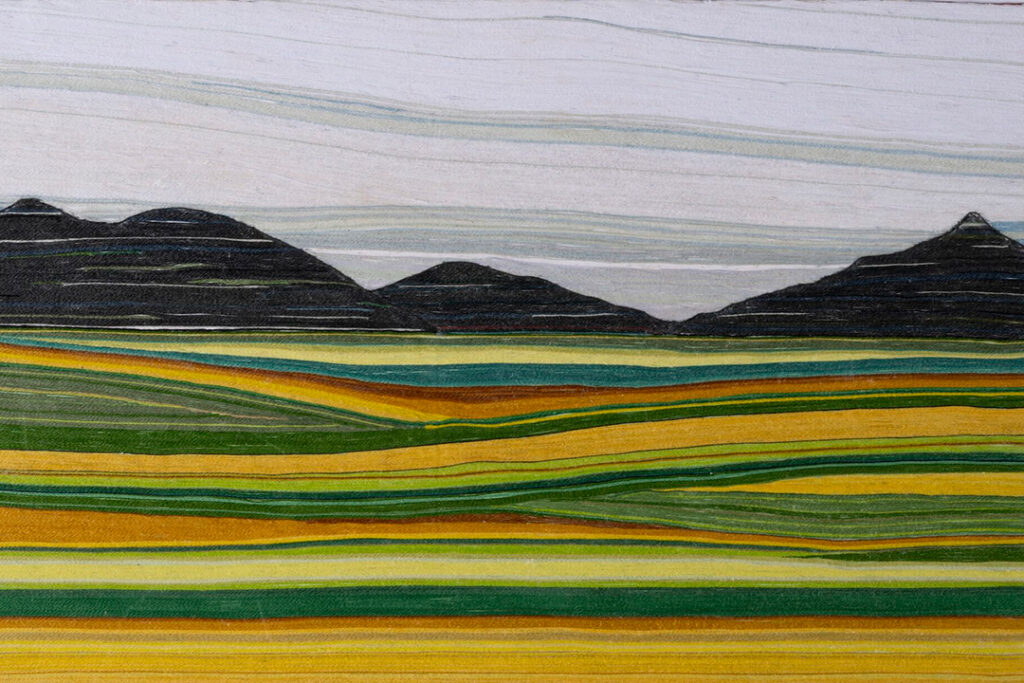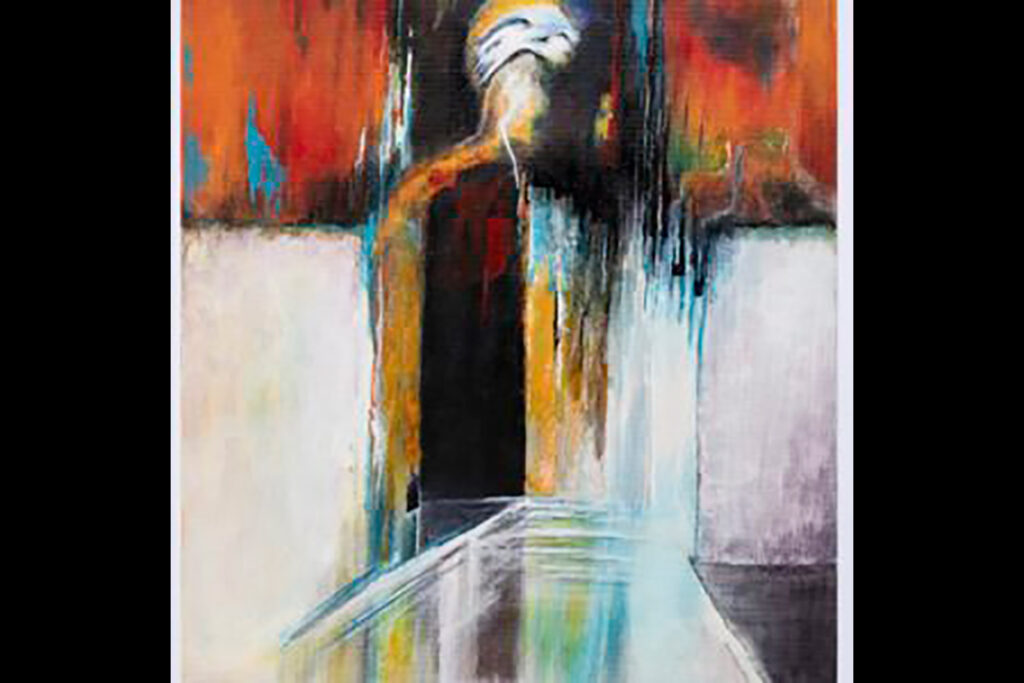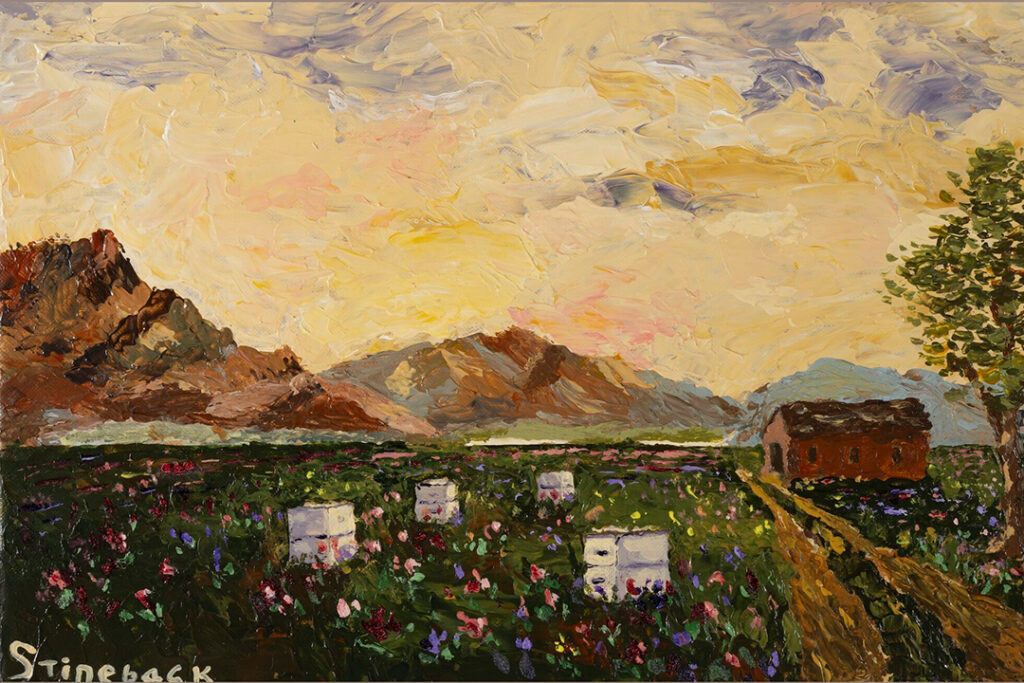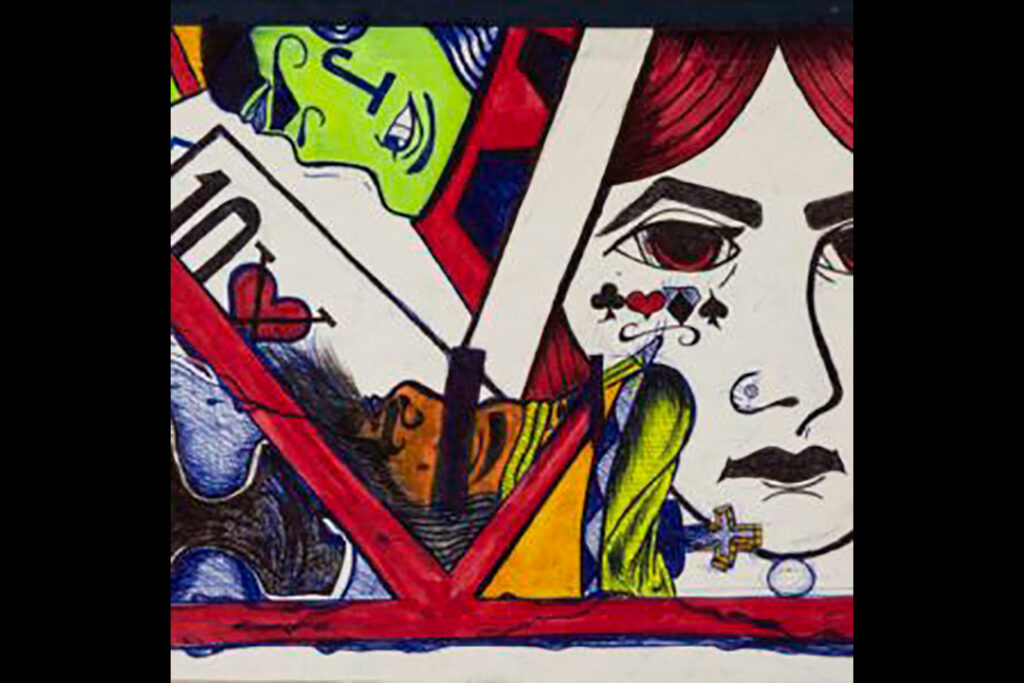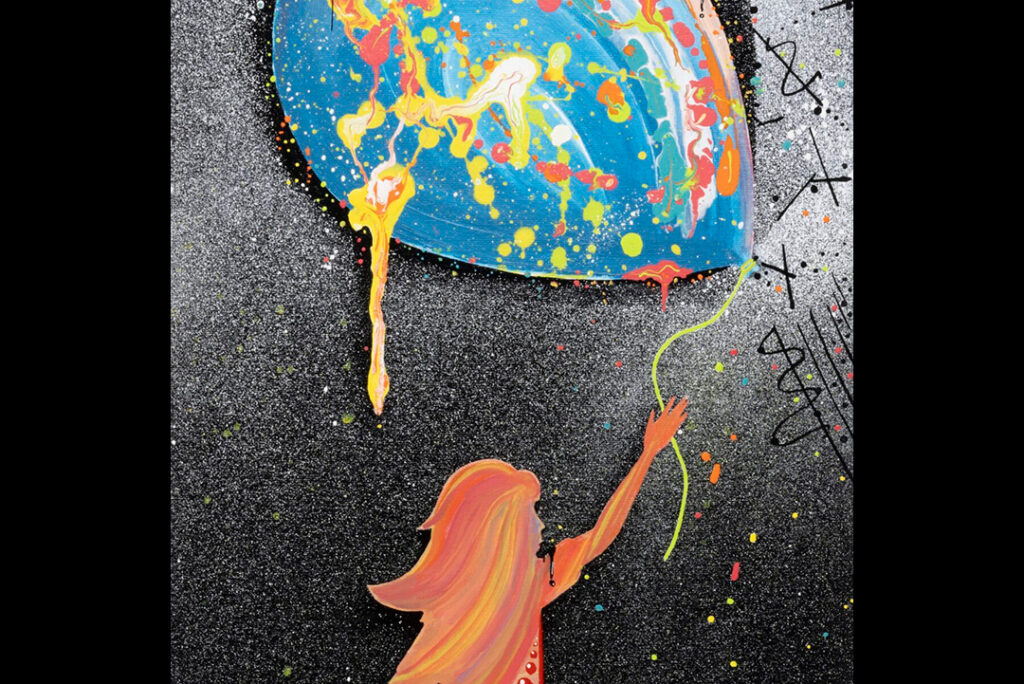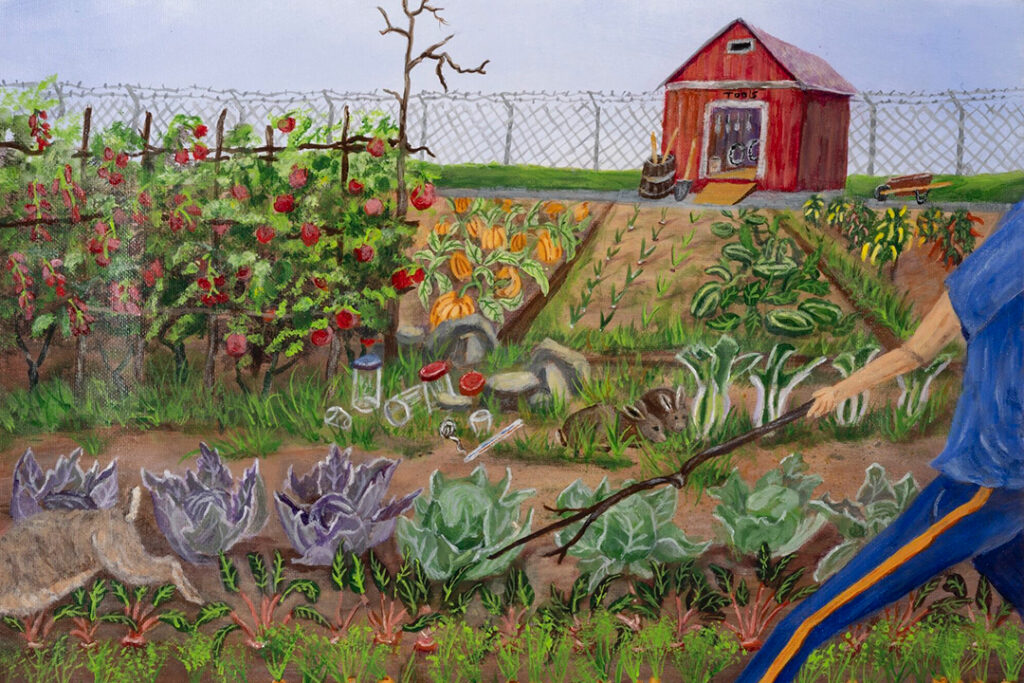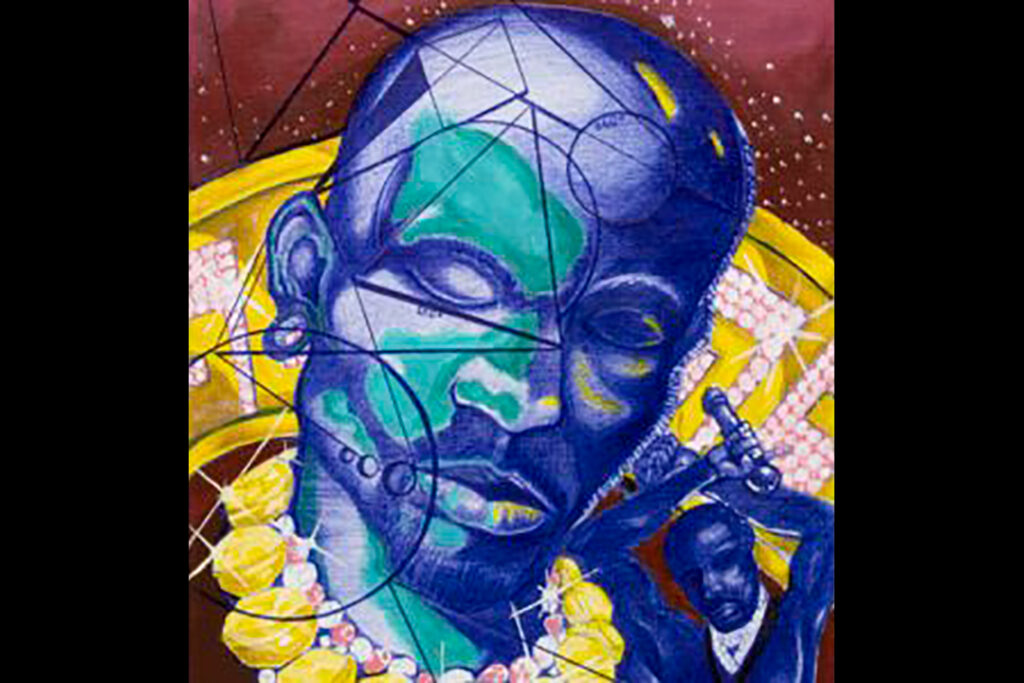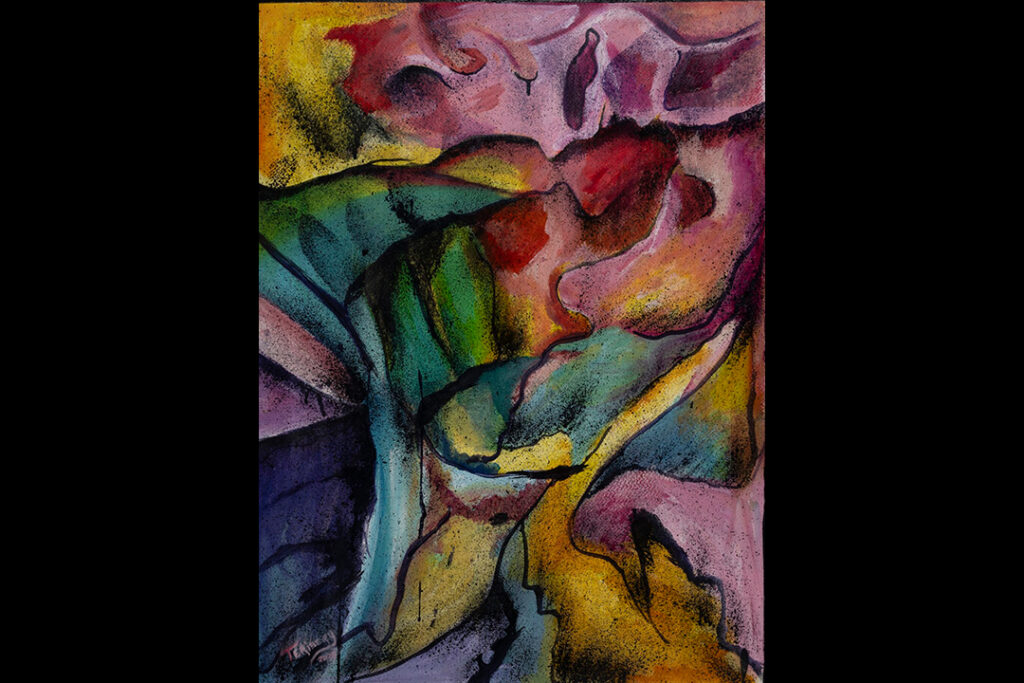The order that launched the Revolutionary War, 250 years later

The ‘shot heard ’round the world’ can be traced to one manuscript containing the orders for the Concord Expedition on April 18, 1775. The quill-to-paper draft orders, penned by British Army officer Thomas Gage, sparked the Battle at Lexington and Concord the following day. U-M’s Clements Library holds the document.
-
Millimeter-scale, energy-harvesting sensor system developed
A 9-cubic millimeter solar-powered sensor system developed at U-M—1,000 times smaller than comparable commercial counterparts—is the smallest that can harvest energy from its surroundings to operate nearly perpetually.
-
Hanlon selected as U-M provost
Philip Hanlon, the Donald J. Lewis Professor of Mathematics and vice provost for academic and budgetary affairs at the University of Michigan, has been selected as provost and executive vice president for academic affairs by U-M President Mary Sue Coleman. He succeeds Provost Teresa Sullivan, who is stepping down to become the president of the University of Virginia.
-
Family support helps African-American boys with depression
A study from U-M’s School of Social Work finds that while African American boys find help with depression from family members, they may feel apprehensive or distrustful of seeking additional help from a mental health professional.
-
Childhood obesity may contribute to later onset of puberty for boys
Increasing rates of obese and overweight children in the United States may be contributing to a later onset of puberty in boys, a U-M study suggests. The late puberty of overweight boys contrasts with findings that for girls, being heavier may bring on puberty earlier.
-
Low carbohydrate meals after exercise may benefit diabetics
New U-M research shows that meals eaten after each exercise session have an important impact on controlling blood sugar. The study suggests that eating meals with a relatively low carbohydrate content after exercise (but not low in calories) improved the control of blood sugar into the next day.
Plus: Childhood obesity may lead to early onset of puberty in boys
-
Echolocating bats and whales share molecular mechanism
Over the course of evolution, bats and whales acquired echolocation abilities independently, for use in very different environments, so you’d expect the means by which each accomplishes the feat to differ. But a new U-M study suggests that at the microscopic level, the molecular structures for both species are very similar. It’s a striking discovery that overturns conventional thinking in evolution.
Columns
-
President's Message
Reaffirming our focus on student access and opportunity
U-M seeks to ensure every student will rise, achieve, and fulfill their dreams. -
Editor's Blog
Peace out
It's a mad, mad, mad, mad world out there. -
Climate Blue
Keeping our focus on climate
As federal support for climate science wanes, Ricky Rood remains hopeful. -
Health Yourself
Are you an ‘ager’ or a ‘youther’?
Why do some people appear younger or older than people born in the same year?
Listen & Subscribe
-

MGo Blue podcasts
Explore the Michigan Athletics series "In the Trenches," "On the Block," and "Conqu'ring Heroes." -

Michigan Ross Podcasts
Check out the series "Business and Society," "Business Beyond Usual," "Working for the Weekend," and "Down to Business." -

Michigan Medicine Podcasts
Hear audio series, news, and stories about the future of health care.
In the news
- USA Today US consumer sentiment and expectations fall again in April as tariff uncertainty continues
- CNN Beyond Ivy League, RFK Jr.'s NIH slashed science funding across states that backed Trump
- Detroit Free Press Inflation is slowing. Wages are up. So why does life feel costly for many Michiganders?
Creativity and connection across prison walls
One of the world’s largest and longest-running exhibitions of incarcerated artists is back with new programming designed to foster connection and deepen public understanding of incarceration in Michigan. The 29th annual Exhibition of Artists in Michigan Prisons, curated by U-M’s Prison Creative Arts Project, showcases 772 artworks by 538 artists incarcerated in 26 state prisons. The Duderstadt Center Gallery on U-M’s North Campus is presenting the artwork through April 1.












